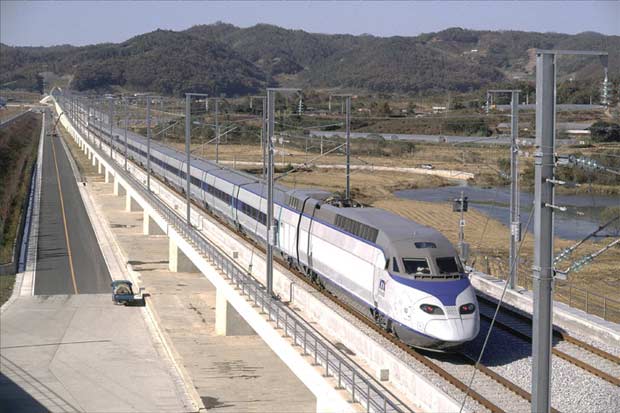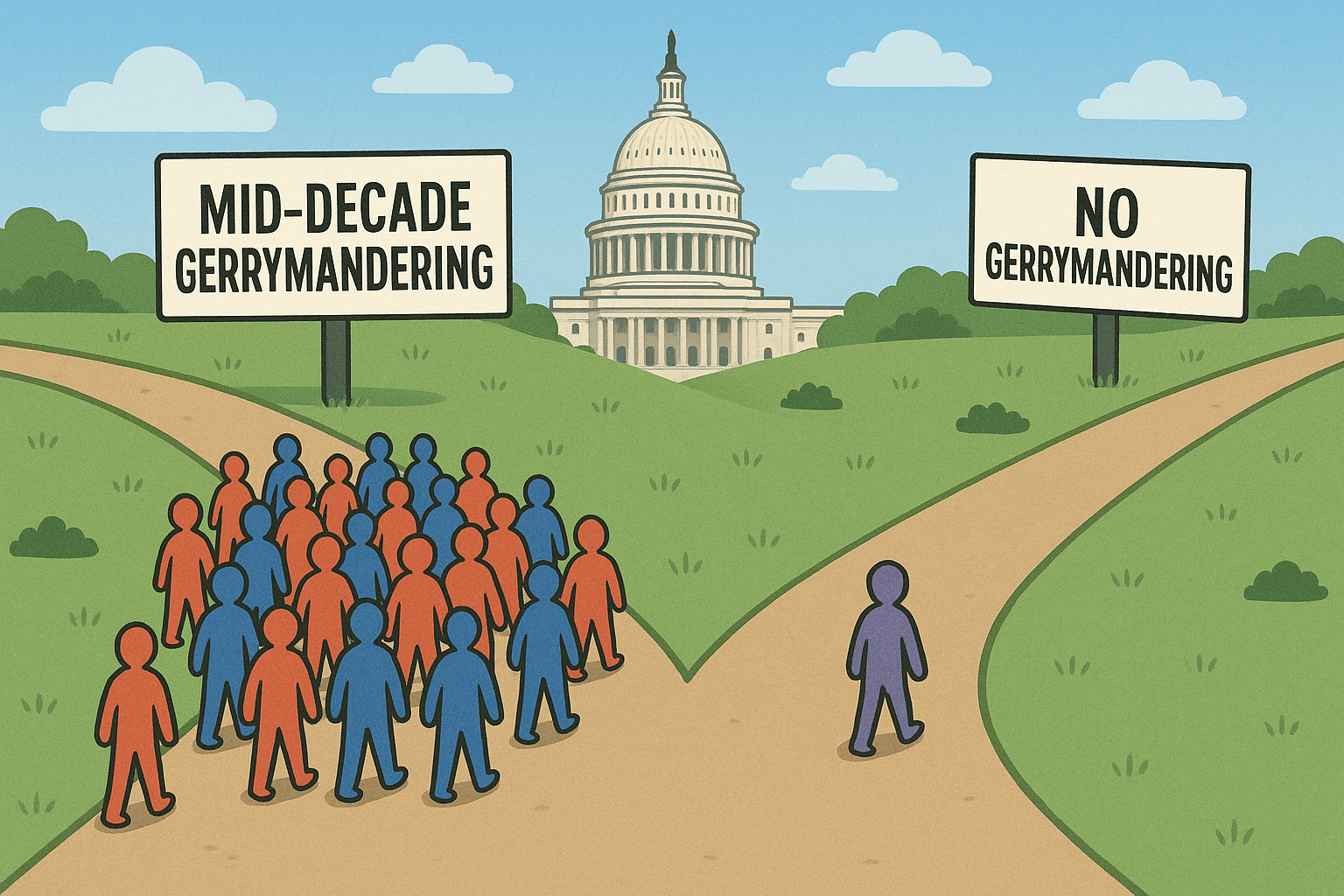California high speed rail plans continue to be ball of confusion

The vision of high speed rail (HSR) is to have trains traveling between Los Angeles and San Francisco in 2 hours and 40 minutes, and from San Jose to San Francisco in 30 minutes. Voters authorized this in 2008 when Prop 1A passed. However, it only authorizes $9.5 billion in bonds to finance HSR, and that's not nearly enough. The final cost might be $40 billion or more. California hopes to get several billion more from the federal government, which will help, but won't end the funding shortfall.
Costs can't be accurately gauged because routes have not been decided on yet. The most contentious route decisions are where to place the new HSR tracks north of Los Angeles and how to put a train going 125 mph through the crowded, densely populated San Jose corridor.
In Los Angeles, the original plan was to put HSR through Soledad Canyon on the CA-14 corridor to Palmdale, which could then become a major regional transportation hub due to its existing airport and proposed DesertXpress HSR line to Las Vegas. However, the Burbank to Palmdale link is facing much higher costs than originally estimated due to the need for more tunneling. Thus, an alternate route going along I-5 and the Grapevine is being reconsidered, even though it previously had been rejected due to earthquake fears and costs. But now it appears that the Soledad Canyon route would be even more costly. Naturally, Palmdale and the Tejon Ranch Co. are alarmed by this possible change in route as they would lose out on substantial expected revenues.
HSR requires special rail lines and does not run on normal tracks. Furthermore, it needs to go over or under major intersections because 1) it can't slow down at crossings because it must average 143 mph along the way and 2) it can't risk a catastrophic accident should someone in a car stupidly try to cross when a HSR train is coming. So, the only alternative in such areas is to build it above the ground on platforms or underground in tunnels. This of course hugely increases costs.
The primary battleground for HSR is the San Francisco Peninsula. To meet the mandate of Prop 1A, HSR needs to travel at 125 mph while passing through it. This would need to be done with new rail lines, but how? To maintain the speed, the HSR would have to be a mix of aboveground and underground. But this is staggeringly expensive, not to mention disruptive to those nearby. Some homes and businesses next to the existing route would have to be demolished to make room for aboveground platforms, as well as approaches and exits for tunnels. Some in the California Senate have proposed a "blended" plan which would scale back construction in the Peninsula from four tracks to two, and put much of it on the ground. But this, while much less expensive, is also highly problematic because major crossings would be closed every 5 to 6 minutes during rush hour, causing monumental and continual traffic jams. As you might expect, NIMBYs are active in the Peninsula trying to block HSR, or at least put it underground.
But the problem is, the money just isn't there for HSR and it's unclear if it ever will be. The estimate is already at $43 billion and the inevitable cost overruns will no doubt make the completed project far more expensive.
Has any massive construction project ever come in under the original budget?



